Story by reader Ashok Narandran

If you think the notion of yourself, standing atop a Himalayan mountain peak, more than 5,000 metres above sea level is unimaginable or far-fetched at best, I'd urge you reconsider. Five youths did just that this summer and I'm proud to hold myself in their company.
On 19 May my four teammates and I, members of MIR7 - the seventh batch of mountaineers from Make-It-Real (MIR), NUS Student Mountaineering Club – boarded a plane to Delhi, on the first leg of our journey toward completing a basic Alpine Mountaineering course in the Indian Himalayas. The course was the culmination of a year spent training and raising funds.
The team flew into Delhi where we were greeted by our Head Instructor for the course, Hem P. Rana. Hem would prove to be a man of good humour and vast mountaineering experience over the course of the three weeks or so that we would spend in his company.
From Delhi, we travelled by rail to Chandigarh, where we boarded a van that would take us on a 16-hour drive to Manali where our trek began.
Our first campsite was at Bakarthach, at a height of 3,500m and lying just a short distance from the snowline. With the weather on our side, we took our time setting up camp and settling into the place that we would call home for the next eight days.
The next morning we awoke to hot tea and a hearty breakfast whipped up by our resident cook, Sibu. It's fair to say that the amount of good food that lay before us really caught everyone by surprise. Bread, eggs, honey, chapatis, beans, dahl - I thought we were supposed to be roughing it out! The plentiful food however proved not to be a luxury but rather a necessity, given our training schedule and the demanding mountain environment.
Following breakfast, we geared up and made the short trek to the area of snow near our campsite to begin our first experience with snow craft. This would be our routine for the next eight days - breakfast followed by training in the snow, in a variety of techniques and procedures that every mountaineer has to know. We began with simple techniques of how to walk up and descend an inclined stretch of snow and eventually progressed onto more challenging procedures, such as learning how to arrest our fall should we loose our footing.
As the end of our stay in Bakarthach loomed, so did our first major challenge of the trip - an attempt to summit one of the many peaks that encircled our campsite: Priya Darhsni.
The peak proved to be a daunting task. For one, the steep gully that we had to ascend on route to the summit's shoulder literally sapped the team of its energy and made it necessary for us to take several breaks just so we could catch our breath. Also, the snow in many areas had become compacted, making it difficult for us to cut steps into it while climbing. Every member did eventually make it to the top but the mountain had exposed our limitations and had provided us with our first true test of the trip.
The day after we headed off for our next camp at Beas Kund, situated near the Beas Kund glacier and a small pond-like formation from which the takes it takes its name. Our campsite also provided us a stunning view of the peak that we would attempt to summit: Shitidhar.
Camping near an actual glacier, albeit one covered with a thick layer of snow, allowed us to hone several new techniques which were not possible to learn at Bakathatch. Beas Kund was where we were introduced to cramponing - the use of spiked metal attachments that are strapped to our boots for added traction when walking on a glacier.
But the highlight of our training at Beas Kund, and also possibly the most difficult skill we had to acquire, was traction climbing with crampons and ice-axes - on a 4 metre high ice-wall that stood on the glacier no less. The act of balancing on the tiny points of metal, which one had to jab into the wall of ice, proved a stiff challenge for the best of us.
As our week-long training period at Beas Kund drew to a close, the team began to grow anxious, in expectation of what would certainly be an arduous climb up to Shitidhar's high camp. Our concerns proved warranted. Laden with clothing and equipment that we would need for the summit push, our steep ascent up to high camp was indeed the toughest part of the entire climb. When we arrived at the snow covered camping grounds we had barely enough energy left to tuck into a hot bowl of noodles and bundle ourselves into our sleeping bags.
I was roused at three the next morning by our instructor, Hem. "The weather's cleared up. Wake the rest. Let's give it a go," he ordered. Shaking off sleep and soreness from the previous day's climb, the team sprung into action. By 4:15 am, we were off, plodding in the dim gloom of our headlamps, towards the dark horizon.
The climb was not easy. I for one was sinking into the loose fresh snow, up till my knees sometimes, with almost every other step I took. As we marched on toward our distant goal, the weather turned on us yet again, hurling what felt like a mini blizzard at us. Nonetheless we soldiered on in remarkable fashion, perhaps remembering how our numerous breaks on Priya Darshni had done us more harm than good.
Our resilience paid off. By 8am every member of the team was standing on the summit of Shitidhar, at a height of 5293m - higher than anything in the Swiss Alps. The weather, coincidentally had given us a brief respite, allowing us to soak in the magnificent views of the surrounding peaks and snap the summit photo. Once done, we rappelled down to high camp, where we packed up and made the trek back down to Beas Kund.
Completely drained but accomplished, there was little left to do upon arrival than to soak in our achievement and reflect on a truly memorable trip and perhaps for most of us, the first of many amazing experiences yet to be had in the mountains.
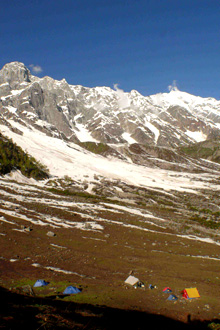
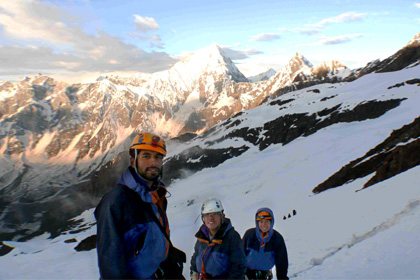
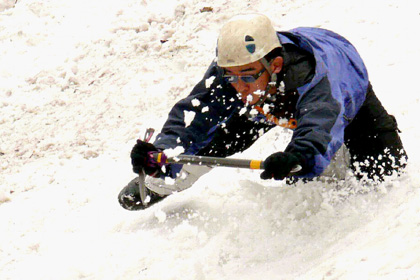
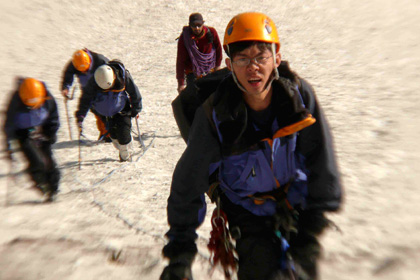
Note: Members of MIR are NUS students who, for one reason or other, have decided that they would like to leave behind the comforts of home for a good three weeks or so and try climbing a mountain. In preparation, these students undergo an intensive year-long training programme, honing their physical fitness and perfecting their competency in various technical procedures that must be put to use in the mountains.
To raise the funds required for the trip, students also embark on a wide array of fund-raising activities from car washes, to organising treks and weekend getaways for NUS students and pitching sponsorship packages to various corporations. Needless to say, the scale of project management duties and responsibilities undertaken by each member is great. The rewards however are enumerate.
Each year the club sends two teams of budding mountaineers into the mountains: a junior team which pursues a basic mountaineering course and a senior team seeking to launch and successfully complete a self-organised expedition of its own. The teams typically scale peaks surpassing 5000 metres in altitude - higher than the highest peak the Swiss Alps has to offer – and return with memories of places that will certainly last a lifetime.
* You can be a mountaineer too! Join them! Drop them an email at trips.mir@gmail.com

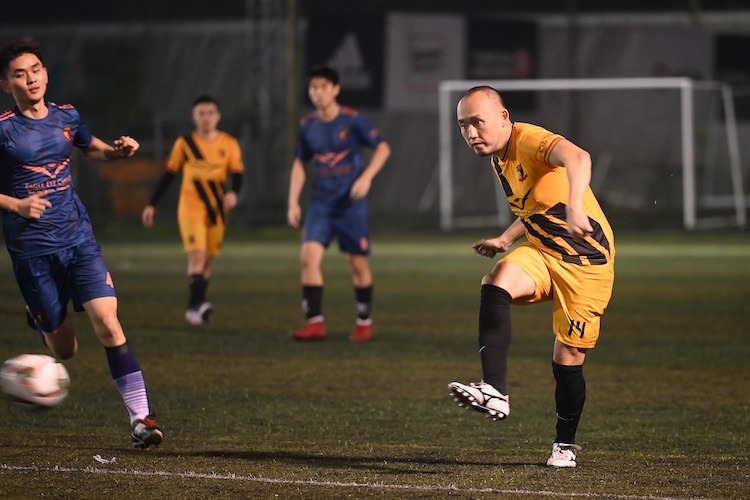

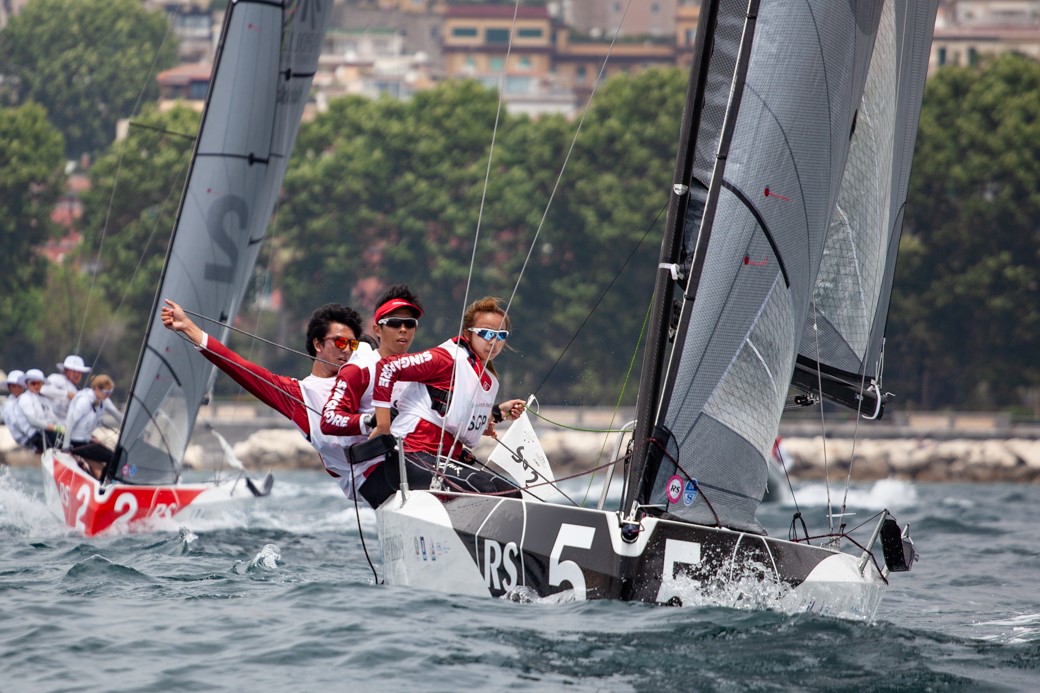
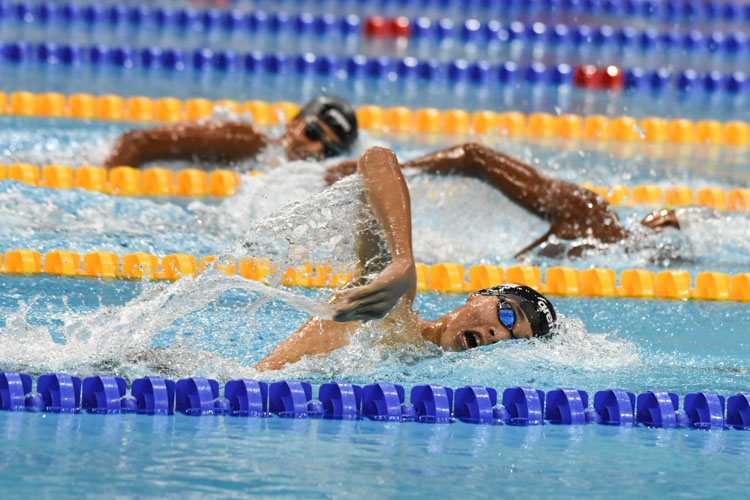



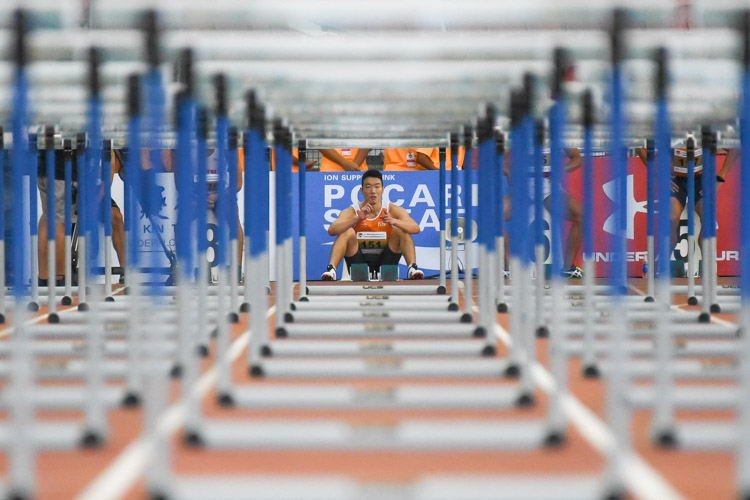
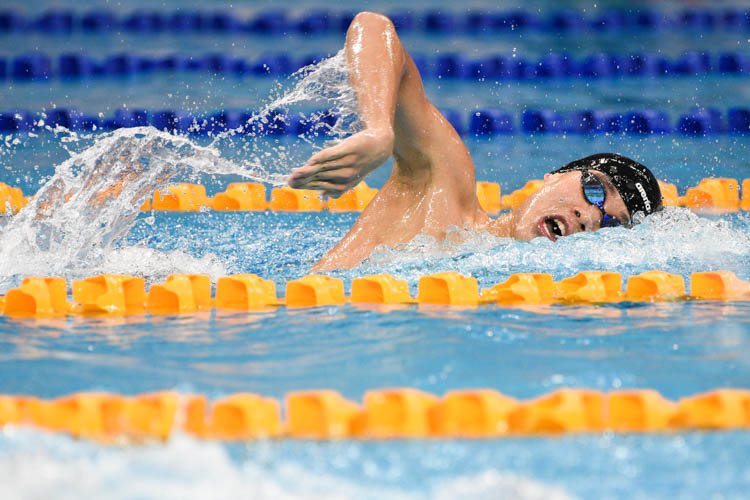
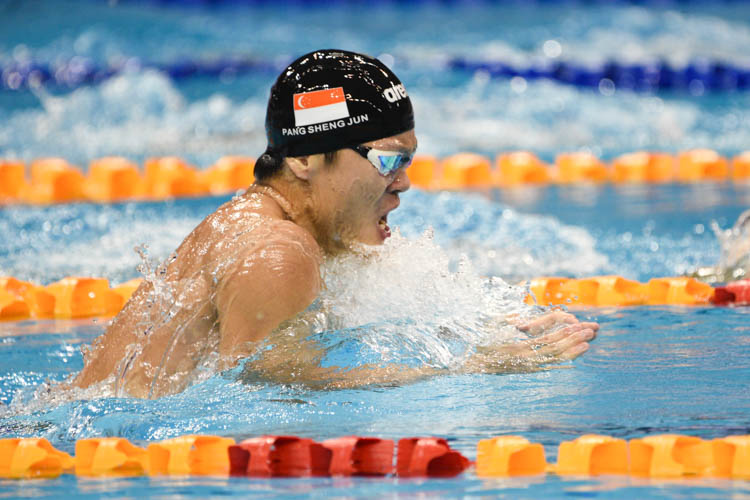
Leave A Comment